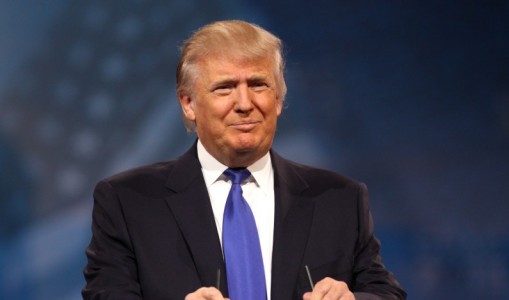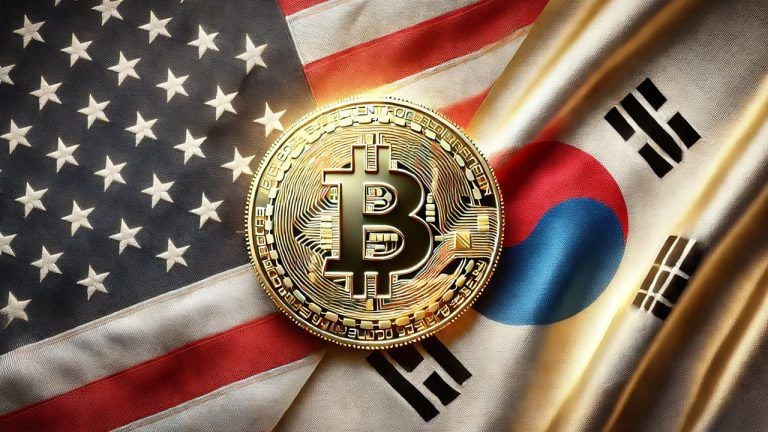Stablecoin less preferable form of tokenized money, BIS paper finds

Bearer instruments such as stablecoin harken back to the days of pre-central bank “free banking,” with all the risks that implies, a BIS working paper says.
The singleness of money is the assurance that public and private money trade at the same rates. Even small differences between public and private money rates can have a ripple effect across transactions. A Bank of International Settlements (BIS) working paper compared models of private tokenized money in terms of their singleness as a complement to a central bank digital currency.
Tokenization is “the process of representing claims in a digital form that allows them to be transacted on programmable platforms using smart contracts,” the paper said. Tokenized money can be a bearer instrument, where the claim on the issuer is transferred without affecting the issuer’s balance sheet. Stablecoin is an example of this.
Bearer instruments were prevalent in the days of “free banking” in the United States before the creation of the Federal Reserve, when money could be discounted by its receivers, the authors of the paper wrote. They drew a parallel between that situation and stablecoins depegging on permissionless exchanges.
Related: BIS head describes ideal ‘unified ledger’ for central banks and other financial users
Alternatively, tokenized money can be a non-bearer instrument, where the sender is debited and receiver credited on their respective balance sheets as the settlement is made in central bank money. The commercial banking system currently operates on this model.
The use of central bank money to settle tokenized money that is a non-bearer instrument guarantees a consistent exchange rate, with the proper design, as “this model requires that both public and private forms of tokenised money are available on the same platform.” Maintaining singleness between digital money and cash would depend on regulation:
“Singleness between private tokenised money and cash would be supported in the same way it is now for commercial bank deposits, provided all private tokenised money issuers comply with the same regulatory standards and have access to the same safeguards.”
Another short BIS working paper was released simultaneously that examined tokenization and found a continuum of challenges and benefits from the process, depending on the nature of the underlying assets.
Bank of International Settlements likes ERC-20 https://t.co/noHmGUbJ8I pic.twitter.com/rz3FEZMkpo
— Mikko Ohtamaa (@moo9000) April 11, 2023
Magazine: Are CBDCs kryptonite for crypto?









